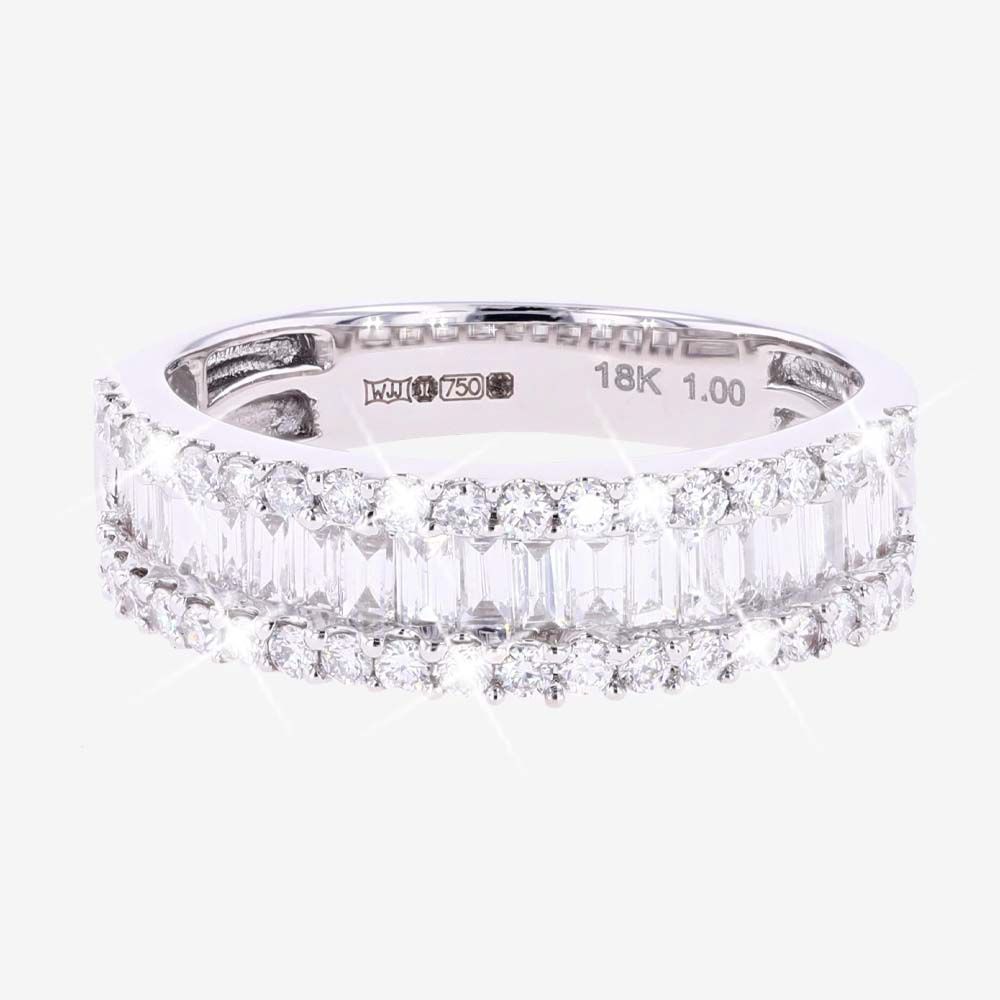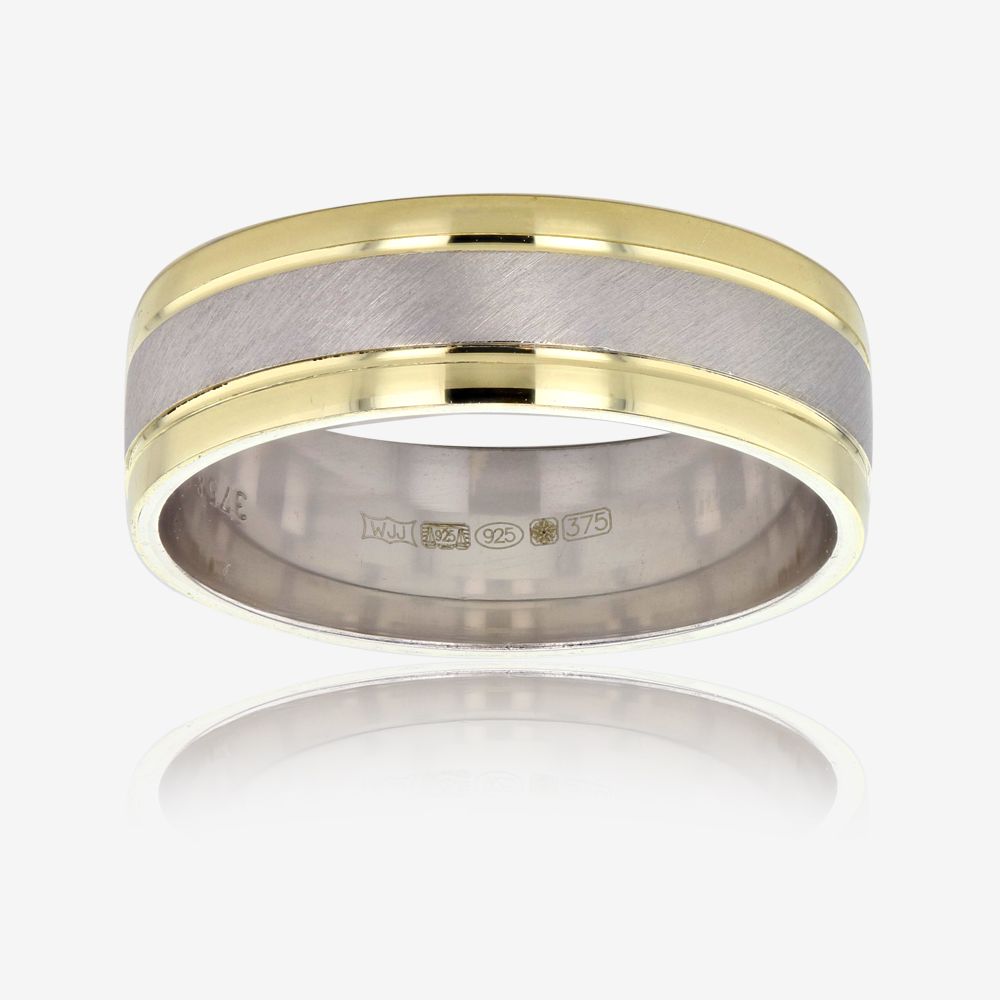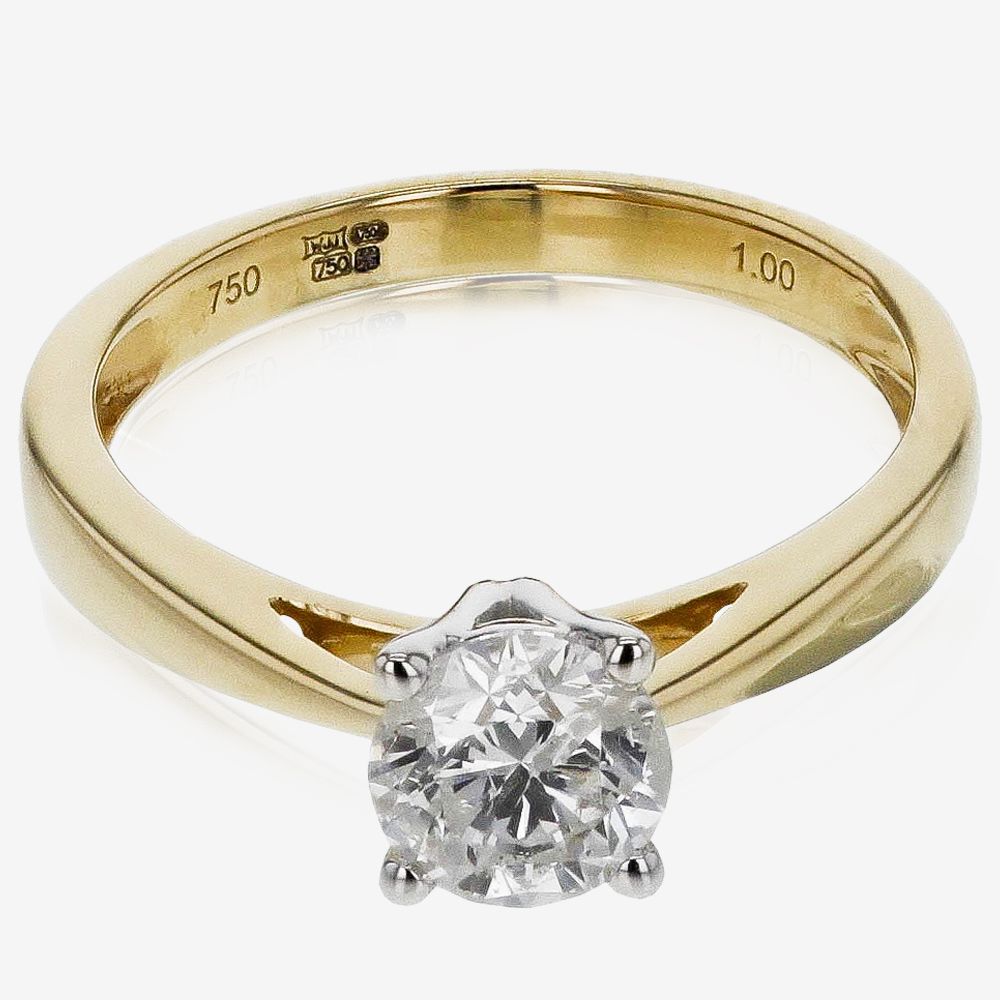Popular Searches

Why Is Hallmarking So Important?
Why Is Hallmarking So Important?
With so much jewellery on the market now, how can you be sure that what youre buying is really silver or gold? You finally find the perfect ring that you just adore because it goes with any outfit for any occasion - but wait. Did you check your new jewellery is Hallmarked?
Hallmarking is one of the oldest forms of consumer protection, and it has been part of the precious metal industry in the UK for over 700 years. Introduced in the year 1300, King Edward I passed a statute requiring a stamp or mark to be made on all silver items, which was later extended to include gold. This gradually progressed to the Hallmarking Act Of 1973, requiring the precious metal (gold, silver, palladium and platinum) above a certain weight must be independently tested by a Royal Assay office and Hallmark stamped to denote the purity (fineness).


Its impossible to ascertain just how much precious metal is contained in a piece of jewellery by just looking at or touching it. The purpose of hallmarking is so that the purity (fineness) of a piece can be clarified and confirmed. We make sure we are meticulous about the quality and purity (fineness) of our jewellery. This is always a priority, and the British Assay Office hallmark, as required, is found on our items.
So why is it important to know about hallmarking? Well, its to make sure you get exactly what youre paying for. A hallmark means that the item has been independently tested. It guarantees that it conforms to all legal standards of purity (fineness), and gives provenance by telling us where the piece was hallmarked, what the article is made from, and who sent the article for hallmarking.
There are up to four different symbols that make up a hallmark. The three compulsory ones are the Sponsors Mark; this is the registered mark of who submitted the article for hallmarking. Then you will see the Metal Fineness Mark, which tells you the precious metal content in the item. For instance, seeing the 925 oval tells you the piece is Sterling Silver, and is 925 parts pure silver per 1000.
The next mark will tell you which Assay Office tested and hallmarked the article. There are four in the UK; London, Sheffield, Birmingham and Edinburgh. Each office has its own symbol.
And lastly, you may see a fourth non-compulsory mark on your jewellery, showing the date letter. This represents the year in which the piece was hallmarked.
To learn more about these symbols
and Hallmarking, click here.
